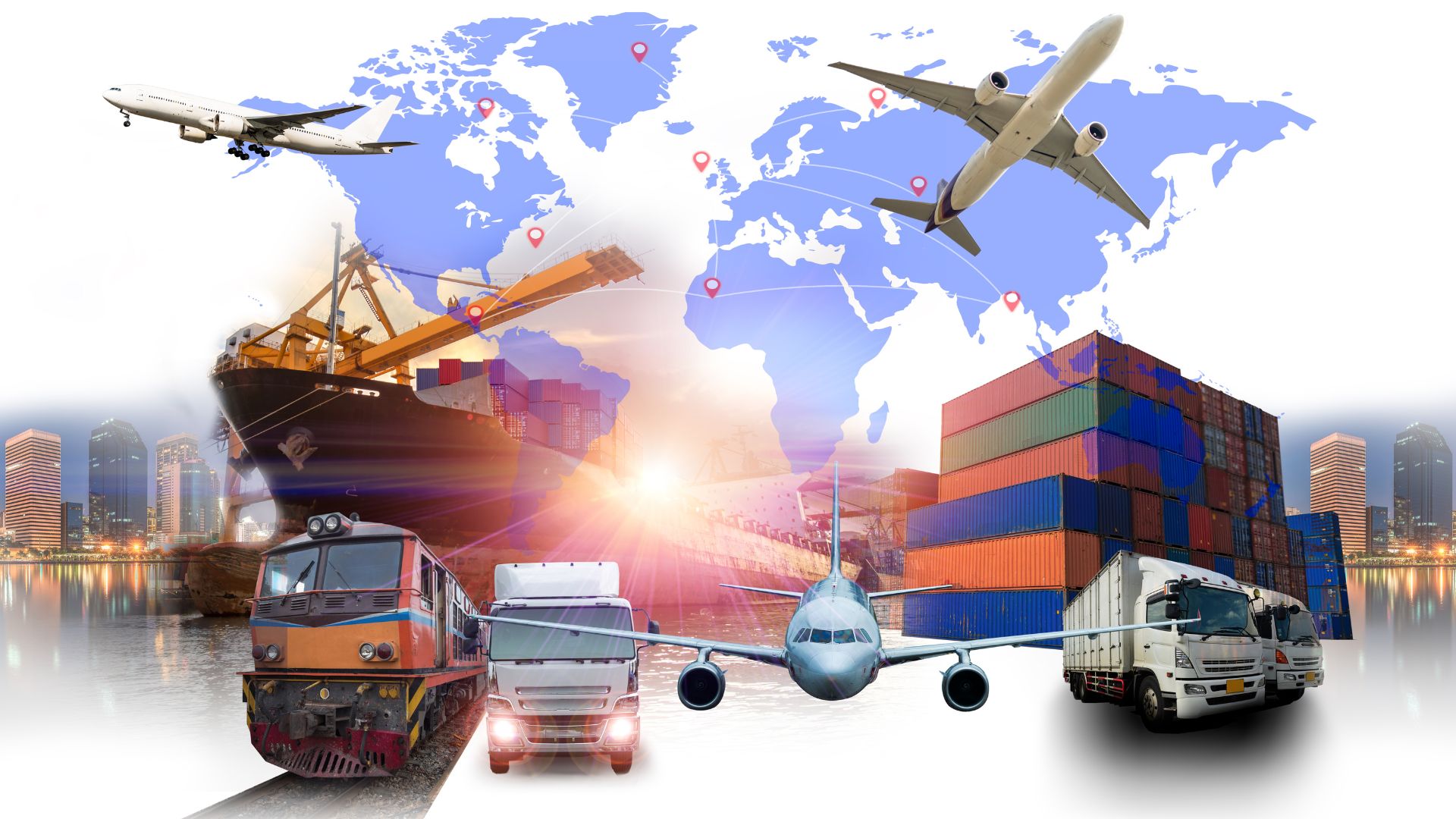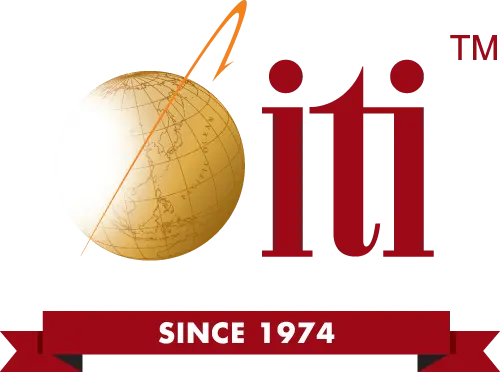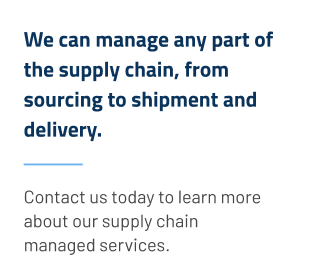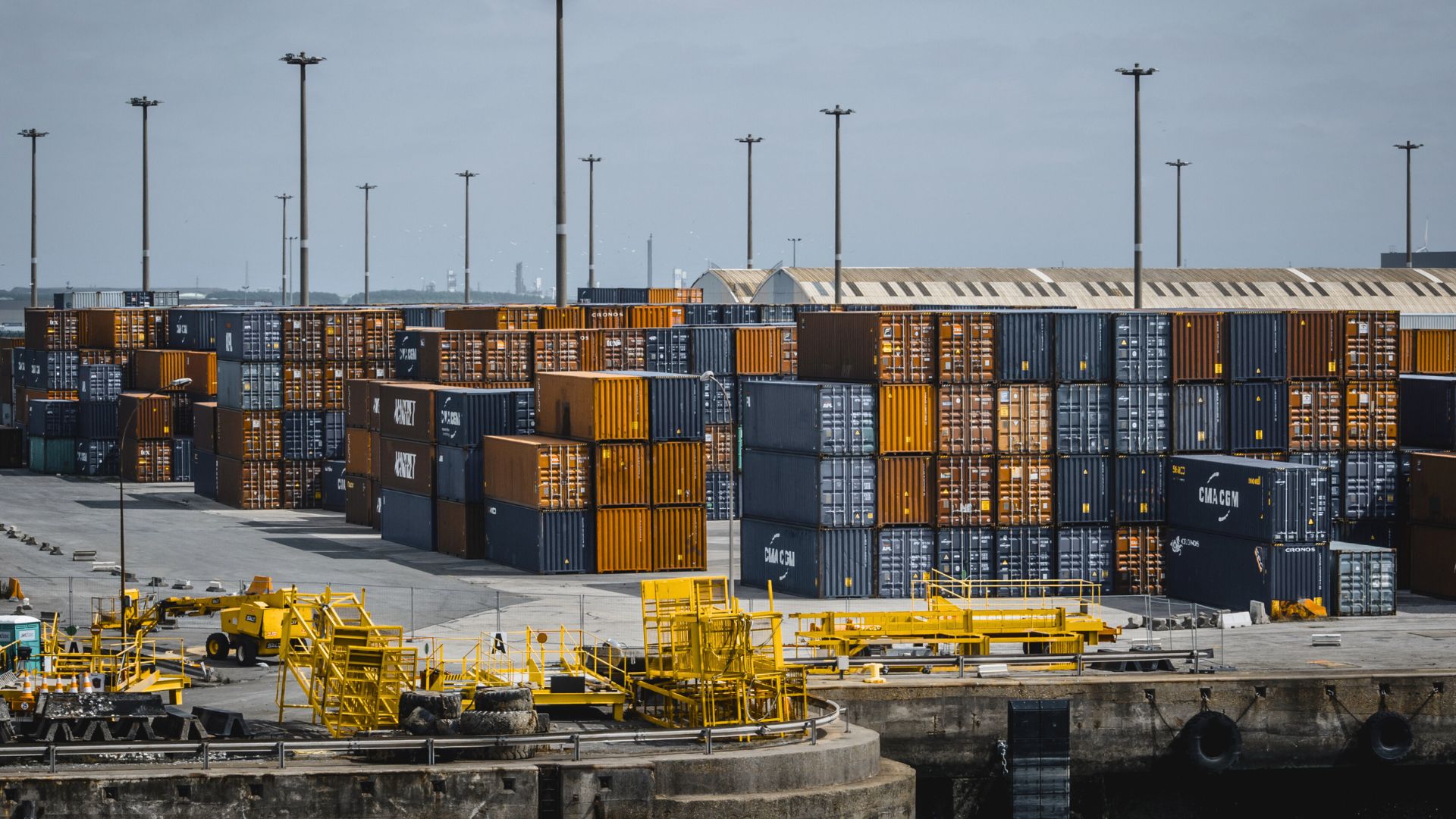
It’s no secret that business owners constantly evaluate the best strategies for efficient and cost-effective production. But how do you prioritize cost savings, speed, or oversight in your strategy? The answer may determine whether nearshoring, offshoring, or outsourcing best fits your company.
Major decisions like outsourcing have become key considerations for companies wanting to stay competitive. But what are the differences between nearshoring vs offshoring and outsourcing? And how does each one impact manufacturing decisions? This guide breaks down the key differences between these three strategies to help you determine which one best fits the needs of your business.
What Is Offshoring?
Offshoring refers to moving production to a country outside the company’s home base, typically in regions with lower labor costs. Many businesses choose offshoring to take advantage of cost savings, skilled labor pools, and established supply chain networks.
This typically means manufacturing in China (or other parts of Asia) for U.S. businesses. However, recent significant changes in offshoring strategies are worth noting, and many companies are moving manufacturing from China to Vietnam. Due to current shifts in trade policies, increasing labor costs in traditional offshore locations, and the need for greater supply chain resilience, many companies are adopting a China+1 strategy to diversify their manufacturing operations beyond China.
The primary reason behind adopting this strategy is to mitigate risks associated with geopolitical tensions, trade wars, and regulatory changes. This shift enhances supply chain resilience and minimizes disruptions caused by unforeseen global events. Countries like Vietnam, India, and Mexico have emerged as attractive alternatives, offering competitive labor costs and reduced reliance on a single market.
Key Factors to Consider Before Offshoring
A few things that are crucial for business leaders to consider with offshoring are:
- Geopolitical stability: Shifting policies or trade restrictions can affect long-term viability.
- Infrastructure reliability: Companies must assess power supply, transportation, and digital connectivity in their chosen location.
- Contingency planning: Having backup strategies helps mitigate risks and maintain production stability.
Pros of Offshoring:
- Lower labor and production costs.
- Access to large-scale manufacturing capabilities.
- Established supplier relationships with proven track records.
- Opportunities to diversify supply chain risks with a China+1 strategy.
Cons of Offshoring:
- Increased shipping costs and longer lead times.
- Potential quality control issues.
- Risks associated with trade policies and tariffs.
- Limited flexibility due to reliance on overseas infrastructure and regulations.
What Is Nearshoring?
Nearshoring is similar to offshoring but involves moving production to a closer country, often within the same region. This means shifting operations to Mexico or South American countries for U.S. companies. Nearshoring balances cost savings and proximity, reducing logistical complications while maintaining affordable labor rates.
Additionally, nearshoring enables companies to meet regulatory requirements and align more effectively with trade agreements, ensuring smoother cross-border operations and significantly reducing the risk of legal and compliance issues.
Pros of Nearshoring:
- Shorter supply chains and faster shipping times.
- Reduced trade barriers compared to offshore locations.
- More accessible oversight of production facilities.
Cons of Nearshoring:
- Higher costs than traditional offshoring.
- May require new supplier relationships.
- Limited scalability compared to Asian manufacturing hubs.
- Risks associated with trade policies and tariffs.
What Is Outsourcing?
Outsourcing refers to delegating specific production tasks or entire manufacturing processes to a third-party provider, regardless of location. This approach allows companies to tap into specialized expertise and advanced technologies that may not be available in-house. It can also enhance efficiency by leveraging the established processes of experienced providers. Many businesses opt for outsourcing.
Unlike nearshoring or offshoring, which focus on geographic relocation, outsourcing involves contracting work to a team of experts like ITI, which specializes in quality production. Depending on a company’s needs, outsourcing can occur domestically or internationally.
Pros of Outsourcing:
- Allows companies to focus on core competencies.
- Reduces infrastructure and staffing costs.
- Provides flexibility in scaling production.
Cons of Outsourcing:
- Management fees add a layer of expense
- Possible supply chain complexities.
- Reduced direct control.
Nearshoring vs. Offshoring: Which Is Right for You?
Deciding between nearshoring and offshoring depends on cost, supply chain efficiency, and business priorities.
Additionally, businesses must consider how supply chain disruptions, fluctuating tariffs, and the availability of skilled labor in different regions impact their ability to maintain consistent production and meet customer demand.
For example, if low production costs are your top priority and long lead times are manageable, offshoring may be the best choice. However, if supply chain agility and ease of oversight are more critical, nearshoring is likely a better fit. The choice isn’t one that can be made simply, but the right partner will help you assess your unique business needs and determine the best strategy to optimize production and maintain a competitive edge.
Choosing the Right Strategy for Your Business
Every manufacturing decision should align with your company’s goals, customer expectations and logistical capabilities. Whether you choose offshoring or nearshoring, it’s essential to weigh the benefits and challenges of each approach.
At ITI Manufacturing, we help businesses navigate global manufacturing strategies to find the best-fit solution for their needs. If you’re exploring ways to optimize production, contact us today to discuss the best approach for your company’s success.




